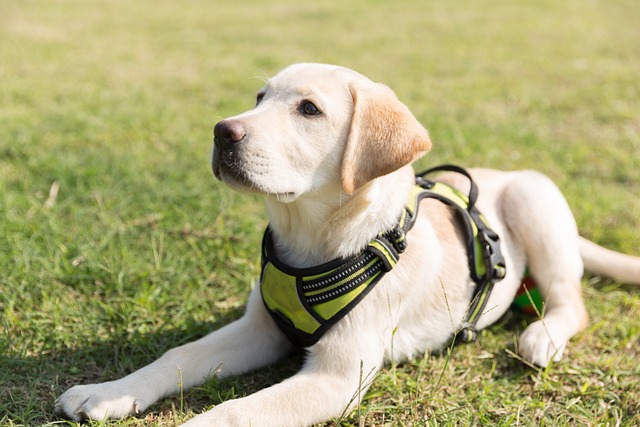
How do i train my dog to be obedient?
Watching your dog dart across the park ignoring your calls isn’t just frustrating—it can put them at risk near busy streets or public spaces.
Dogs crying in a crate can make even the most patient owner’s heart ache. You’ve set up the space with a soft bed and their favorite toy, but the moment you close the door, the whimpers start. It’s natural to wonder when this phase will end—and whether you’re doing something wrong.
The truth is, there’s no one-size-fits-all timeline. A young puppy might take a few days to a week to adjust, while an older rescue dog with past trauma could need several weeks. Much depends on how you introduce the crate. Rushing the process, like leaving them locked up for hours on day one, often prolongs the crying. Instead, start with short sessions—5 to 10 minutes—while you’re in the room. Gradually extend the time as they learn the crate is a safe space, not a punishment.
 In many European countries, there are strict laws about crate use. For example, Germany’s Animal Welfare Act prohibits keeping dogs in crates for extended periods, and France requires that crates be large enough for the dog to stand, turn around, and lie down comfortably. Ignoring these regulations can result in fines or even legal action. Always check local laws to ensure your crate training aligns with regional standards.
In many European countries, there are strict laws about crate use. For example, Germany’s Animal Welfare Act prohibits keeping dogs in crates for extended periods, and France requires that crates be large enough for the dog to stand, turn around, and lie down comfortably. Ignoring these regulations can result in fines or even legal action. Always check local laws to ensure your crate training aligns with regional standards.
Cultural attitudes matter too. In the U.S., crate training is common, but many owners overdo it, leaving dogs confined for 8 hours or more while at work. This not only risks behavioral issues but also contradicts guidelines from organizations like the American Society for the Prevention of Cruelty to Animals, which recommends limiting crate time to 4-6 hours for adult dogs.
Signs that your dog is adjusting include calm behavior when the crate door closes, lying down without pacing, and even voluntarily entering the crate for naps. If crying persists for more than two weeks, or if you notice signs of extreme stress—like excessive drooling, paw chewing, or refusing food—it might be time to consult a professional dog trainer. They can rule out underlying issues and adjust your approach.
Remember, crate training should never be about forcing compliance. It’s about building trust. With consistency, patience, and respect for your dog’s needs—and local laws—you’ll soon have a pup that sees their crate as a cozy retreat, not a source of anxiety.

Watching your dog dart across the park ignoring your calls isn’t just frustrating—it can put them at risk near busy streets or public spaces.

New puppy owners often find themselves rushing to clean up accidents before they set in, and that’s where puppy pad training becomes a game-changer.

If you've noticed your dog's waistline disappearing and your veterinarian has mentioned those few extra pounds, your first instinct might be to simply reduce the amount of food in their bowl.

Training a dog to use a designated spot indoors isn’t as daunting as many new owners fear, but it does take consistency and an understanding of your pet’s needs.

That moment of dread on a walk is all too familiar for many new dog owners. You see another dog approaching down the sidewalk of your neighborhood

If the sight of another dog on your neighborhood walk makes your heart sink as your own dog erupts into a frenzy of barking and lunging, you're not alone.